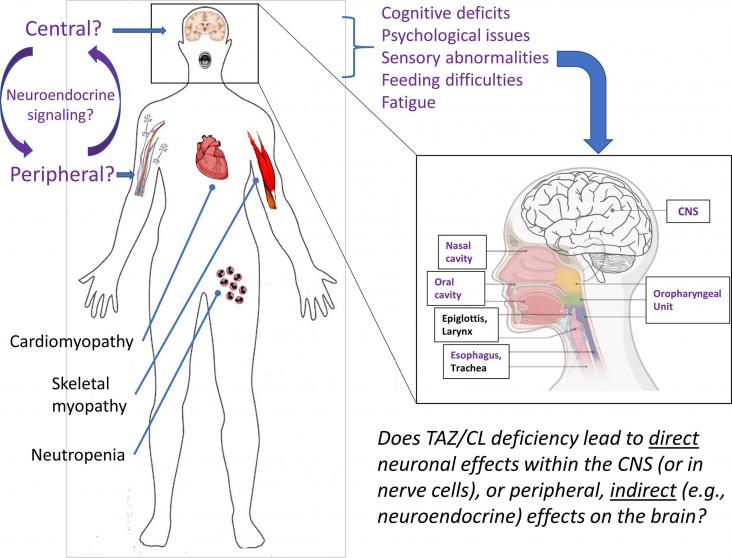Healthcare Strategies and Planning for Social Inclusion and Development, Volume 1: Health for All - Challenges and Opportunities in Healthcare Management, 2022, Pages 57-84
In Nigeria, the disparity between available healthcare services and need for mental health services is palpable.

Future Directions in Digital Information Predictions, Practice, Participation Chandos Digital Information Review 2021, Pages 71-92
Prenatal Genetic Counseling, Practical support for prenatal diagnostics, decision-making, and dealing with uncertainty, 2022, Pages 83-103
